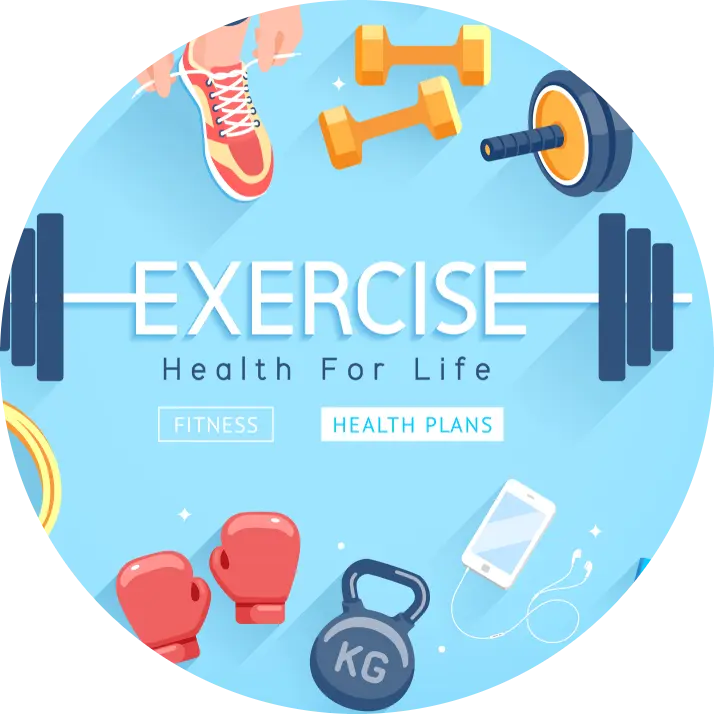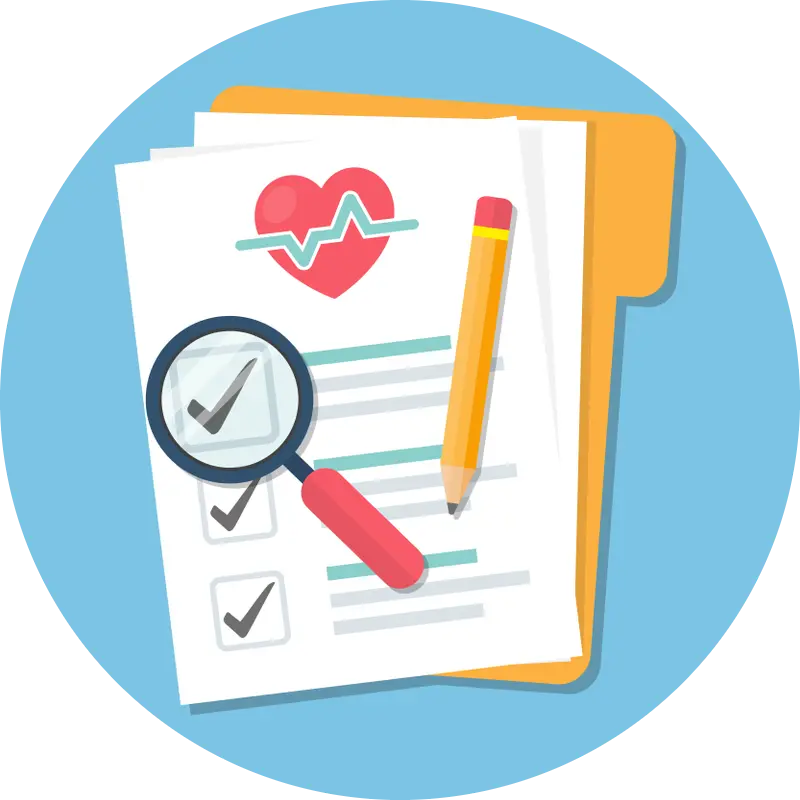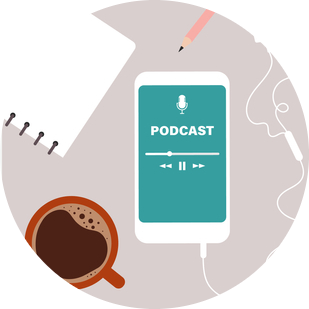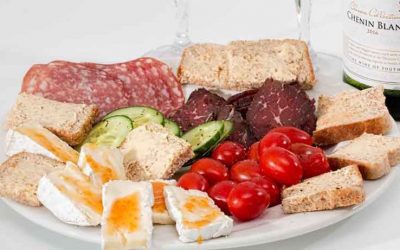The term adolescence means the youth or an individual who encompasses the age from 12-19 years. According to World Health Organization (WHO, 1986), adolescence defined as, individual who falls under age group of 10-19 years. It is the period for an individual where a lot of changes occurs in the body like changes in growth and development. This is basically a puberty period. Since, its a changing period for the body some nutritional concerns need to be look after so that growth and development which are occurring doesn’t get affected and no problems or deformity can takes place. Therefore, we came up with this topic Nutrition for Adolescence which need to be taken during the adolescence period. So, lets have a look;
Nutrition plays a vital role in everyone’s life. Isn’t it? Because without proper nutrition our body will not grow. Several diseases may grab you which leads serious health issues. So the vital thing is nutrition.
Adolescence is one of the most important stage of life so everyone should choose the right things. They fall in the greater risk of dietary excess and deficiencies.
Excess amount of consumption of saturated fats and common sugar can create a bad effect on health and also make bad impact on one’s growth and development. Which leads overweight and obesity.
As, this is one of the crucial stage of life so pick up the right nutritious food is always recommended. Individuals often do not meet the daily requirement of nutrients intake and for which they lag behind.
Inadequate intake of fruits, vegetables, carbohydrates are often been seen in their plate and their food habits. They love to consume outside food rather than healthy foods, as its not appealing to them. So let’s look the type of nutrition one should focus.
Importance of Nutritional Needs During Adolescence.
Energy.
Metabolic demands for growth and development increase the calorie intake. According to the age as well as body weight the energy recommendation for adolescence is vary.
According to the RDA (Recommended Dietary Allowances), 2010, for boys within age group of 10-17 years the net energy will be given within the range of 2190 – 3020/day whereas, for girls within age group of 10-17 years the recommended net energy should be 2010-2440/day.
But this is the period where it can be seen that the appetite is in the peak, which provoke unnecessary consumption of unhealthy foods which are rich in calories and later which creates bad impact in the health like obesity and several other health issues.
Protein.
The amount of protein consumption also depends upon the age as well as body weight. Since it’s a primary source, which is necessary for the growth and development of the body.
To build muscle protein is the only requirement. For boys within the age group 39.9 to 61.5 whereas for girls its 40.4 to 55.5g/day.
Fats.
In every aspect of life healthy fats are always recommended. The intake of total fat must be below 25% because it affect the growth in adolescence. Foods that is low in fat like saturated and Trans fat need to be added in the diet.
The amount of visible fat that can be taken in the diet for boys is 35-50g/day whereas, for girls it should be 35g/day as the fat deposition for girls are higher than boys. Α-linolenic acid helps to relax muscles and blood vessels of the uterus and reduces menstrual cramps.
It also reduces inflammation of mucous membrane of the uterus. Thus it reduces abdominal pain before, during and after menstrual periods.
Minerals.
During adolescence, 800mg of calcium and 800mg of phosphorus per day is needed. Calcium is compulsory for the bones. About 150mg of calcium must be retained every day for the healthy bone.
Adolescents those who have lack of bone density are prone to osteoporosis in later stage. The elemental calcium and phosphorus should be Ca:P 1:1. Apart from that the most important minerals is, Iron which is required for hemoglobin synthesis and the expansion in blood volume.
In adolescence period the menstruation cycle starts for which one can face lack of blood. Therefore, to maintain the blood volume iron is compulsory.
The amount of iron needed for girls are 27mg/day and for boys within is 21-28mg/day. The loss of iron is computed from iron content of blood lost during the menstrual cycle averaged over a month.
It predisposes to iron deficiency anemia if sufficient recovery is not made. Iron is also needed for the synthesis of myoglobin which is involved in muscle growth.
Additional requirement of iron during adolescence for the growth spurt, expansion of blood volume and increase in Hb concentration would be 12µg /kg for boys and 8µg/kg for girls.
Girls would require an additional 8µg/kg to compensate for menstrual blood loss.
With a further increase in hemoglobin by 2g/dL in the male and 1g/dL in female. Basic requirement for growth alone is 07mg/day in males and 0.45mg/day in females.
The obligatory losses also increase with age. The dietary absorption of iron is greater (5%) on adolescent girls compared to adolescent boys (3%). Body iron stores increase during this stage. So, it is consider as one of the vital nutrition for adolescence.
Vitamins.
Skeletal growth requires vitamin D while the structural and functional integrity of newly formed cells depends on the availability of vitamins A, C and E.
The Expert Committee recommends a daily requirement of 600µg of retinol for adolescents. When there is minimal exposure to sunlight 400µg of vitamin D is recommended.
Vitamins B i.e., thiamine, riboflavin and niacin. Folacin and B12 are essential for DNA synthesis and required in higher amounts when tissue synthesis is occurring rapidly.
Fiber.
The Fiber is the non-digestible edible material found in fruits, vegetables, beans, and some grains, such as whole-grain cereal or oatmeal. It helps in digestion and reduce cholesterol level.
Average intake of fiber for female is approximately 13gm/day. Consuming more fruits, vegetables, beans and whole grains will fulfill the requirement.
Water.
We can bookmark water as one of the vital nutrition for adolescence. Because, most important things for everyone in life sustaining process of body, which carries all nutrients and oxygen to the whole body cells and takes out the waste products.
Its also regulates and helps to maintain the body temperature. Water does not provide any energy so therefore its do not have any calories. Through urination, sweat and feces, body lose water.
Drinking water and other beverages is the best way to replace body water.
Food which are solid like fruits and vegetables, provide water but its difficult to measure how much we get from it. Adolescents staying physically active at least for 3 hours in the mild weather condition at that time they need water for re-hydration.
In hot and humid weather there is loss of water through sweats or during physical activity there is a loss of water takes place, so those can be replaced by electrolytes such as sodium, potassium and chloride which helps to regulate the balance of fluids.
Salt pills should not be used, as they can be dangerous.

Nutritional Guidelines for Adolescent.
Diet in adolescents should be significant because it influences the nutritional status in later life.
- Breakfast should not be skipped. Milk, fruit and cereal must be added.
- Prefer Nutritious and interesting tiffin and should avoid fast foods.
- Junk food and aerated beverages should avoided.
- Avoid nibbling. Instead go for 3 large meals with 2 small intermediate meals.
- Fried foods and oily foods need to be avoided.
- Prefer plenty of fruits and vegetables as they are rich in vitamins and minerals as well as antioxidants which help in removing of toxicity in the body.
- Drink plenty of water especially during sports and physical activity.
- Should eat a diet which contains all macronutrients and micronutrients i.e., a proper nutrition plate.
| Read Now: Nutritional Management of Acute Pancreatitis. |
Frequently Asked Questions.
Do’s.
Consume a healthy breakfast.
Drink plenty of water.
Focus more on micronutrients and minerals.
Prefer 3 large meals with 2 small intermediate meals.
Consume fresh fruits, vegetables and milk.
Go with healthy fats.
Eat sufficient amount of protein.
Don’ts.
Avoid junk food.
Skip unhealthy fats.
Avoid frequent eating.
Do not go with processed foodstuffs.
Bottom Line.
Therefore, it can be said that a proper nutrition concern need to be taken during the adolescence period as it is one of the most important stage of life. A regular concern will help you for proper growth and development.
+8 Sources
Freaktofit has strict sourcing guidelines and relies on peer-reviewed studies, educational research institutes, and medical organizations. We avoid using tertiary references. You can learn more about how we ensure our content is accurate and up-to-date by reading our editorial policy.
- Adolescent health and development; https://www.who.int/news-room/q-a-detail/adolescent-health-and-development
- Changing Your Diet: Choosing Nutrient-rich Foods; https://familydoctor.org/changing-your-diet-choosing-nutrient-rich-foods/
- Appetite; https://en.wikipedia.org/wiki/Appetite
- Adolescent Growth and Development; https://vikaspedia.in/health/women-health/adolescent-health-1/management-of-adolescent-health/adolescent-growth-and-development
- Mucous membrane; https://en.wikipedia.org/wiki/Mucous_membrane
- Skeletal development; http://www.healthofchildren.com/S/Skeletal-Development.html
- Vitamin D; https://ods.od.nih.gov/factsheets/VitaminD-HealthProfessional/
- DNA synthesis; https://en.wikipedia.org/wiki/DNA_synthesis
- What to Know About Salt Tablets; https://www.healthline.com/health/salt-tablets

 Workout
Workout
 Meditation
Meditation


 Stories
Stories


 Podcast
Podcast E-book
E-book











